From time to time, we notice lots of people focus on the frequency response curve and keep curious what the real tuning is when they purchase one IEMs. If you want to learn more what frequency response curve is, click to read more.
As we all know, the frequency response curve shows what the sound tuning is. In the realm of audio, perception often intersects with reality, and at Hidizs, we find ourselves at the crossroads of customer inquiries and the quest for transparency. As the proud creators of the related Hidizs Series In-Ear Monitors (IEMs), we recognize the importance of addressing concerns surrounding the tuning of our beloved product.

We understand that, for our customers, the nuances of tuning are crucial in shaping their auditory experience. In the spirit of openness, we aim to shed light on the intricacies of our tuning process and dispel any misconceptions that may have arisen.
Consistency in Tuning
Whether in small-scale production or large-scale formal manufacturing, the tuning of IEMs remains consistent. Even minor deviations within the reasonable range of ±2dB to ±4dB align completely with engineering specifications and production standards. The Hidizs series IEMs also meet strict requirements.
Influential Factors on Tuning
Numerous factors influence the tuning of our IEMs, and the process of IEMs tuning is far more complex than one might imagine, given the different testing environments, whether in a controlled laboratory setting or a home environment.
Firstly, it's essential to clarify that the goal of headphone tuning is to achieve an ideal audio balance. This involves fine-tuning various frequencies to deliver optimal performance across different music genres. Our engineering team, with rich experience and expertise, considers every aspect, including airflow patterns within the design of the chamber, density of chamber materials, cable material, impedance matching, and the duration of speaker aging. They utilize advanced measuring devices such as audio analyzers and artificial ears to precisely tune each produced IEMs.
While these variables introduce subtle changes to the tuning curves, as long as the deviations fall within an acceptable dB range, they are considered reasonable.
Batch-to-Batch and Unit-to-Unit Variations
It's crucial to acknowledge that achieving a 100% match in tuning curves for every unit, even within the same batch, is a challenging feat. Factors such as same production timelines also can introduce subtle variations, and it's important for users to recognize that perfect overlap is not always achievable.
Material Impact on Tuning
Internal components within the driver, including copper rings, baffles, diaphragms, magnets, and speaker tuning mesh, all contribute to the overall audio configuration. However, it's crucial to clarify that additional components, such as positioning components, or even changes in color, do not affect the core audio characteristics.
Quality Control Assurance
Regarding the Hidizs Series IEMs, our commitment to quality control ensures that each unit undergoes rigorous testing at every stage – before, during, and after production. Each pair of drivers is meticulously paired to achieve the highest level of matching. From research and development to final testing, we adhere to the highest standards, delivering products that not only meet but exceed expectations. We believe that any genuinely customer-centric brand would prioritize and implement such quality control measures.

In unraveling the intricacies of tuning, we hope to provide you with a deeper understanding of the meticulous craftsmanship behind IEMs. This sharing serves as an ode to transparency and a celebration of the diversity in audio experiences, where each variation is a testament to the uniqueness of your audio journey, even with Hidizs.


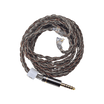
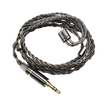
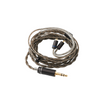
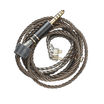
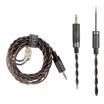
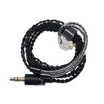
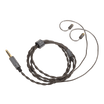
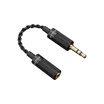
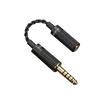



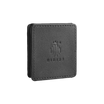
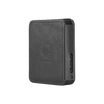



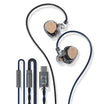
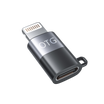





Leave a comment
This site is protected by hCaptcha and the hCaptcha Privacy Policy and Terms of Service apply.